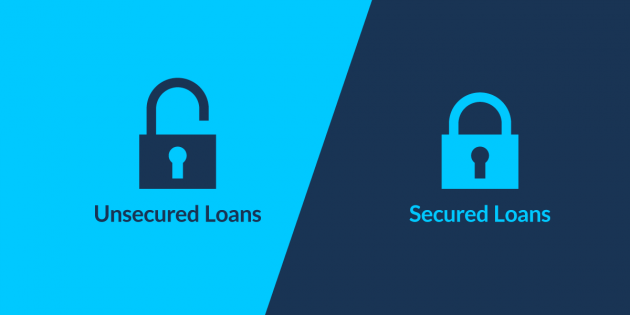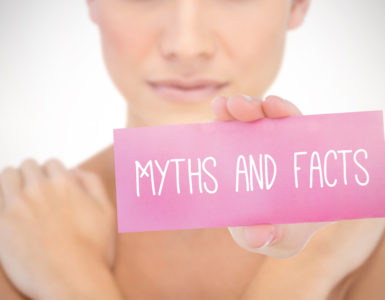In a secured personal loan, the borrower puts up collateral – an item of high value – as security for the loan. If the buyer defaults on the loan, the lending entity is legally entitled to take possession of that collateral.
For example, if someone wants to take out a secured loan to buy a house, the “security” or collateral is actually the house itself. If the buyer defaults, ownership of the house returns to the lending entity who can then sell it again to someone else.
Because the borrower has collateral to offer, he or she is able to receive a loan for a much larger amount than for an unsecured loan.
An unsecured personal loan is typically for less than $10,000, and is used by someone who wants to consolidate credit card debt, pay unexpected bills, or take a vacation without having to save up for it.
The borrower may not be able to acquire a secured loan, because they have no collateral (something to secure), and will pay a higher interest rate as a consequence. As a result of their lack of collateral, they a deemed to be higher-risk.
Borrowers aiming for unsecured loans will also have to have an excellent credit rating, typically over 600.
Secured Loans vs. Unsecured Loans: Borrowing Limits
The limit for an unsecured loan is typically $10,000. However, for a secured loan, the borrowing limit is much, much higher. It is usually up to the cost of the “big ticket item” being purchased, whether a $300,000 home or a $100,000 yacht or a $30,000 car.
That’s because the home, yacht or car serves as collateral for the loan itself.
And that’s not to say that a secured loan is a “gimme.” The borrower will still need to have a certain annual income to qualify for a loan. Depending on their income, the amount a lending entity may be willing to loan may be $300,000, $200,000 or $100,000.
That’s why prospective home buyers will become “pre-qualified,” by the lending entity, so they’ll know how much money that entity is willing to lend them, so they can set their sights on a home or vehicle in their price range.
Secured Loans vs. Unsecured Loans: Collateral
Borrowers may already have collateral as security for a loan. They may have owned a home for 20 years and have lots of equity in it, an insurance policy that can be borrowed against, a Certificate of Deposit (CD), and so on.
These borrowers perhaps need to meet unexpectedly large medical expenses, or need funding for a startup business, and so on.
Secured Loans vs. Unsecured Loans: Loan terms
An unsecured personal loan will have a higher interest rate than a loan that is secured (but, of course, usually much less than the interest rate on a credit card, which is why they are so popular for consolidating credit card balances).
The secured loan has better interest rates still. Considering how much money is being loaned, this is a good thing! (And, as an aside, it’s always best to pay down the principle each month if you can, in order to pay off the loan faster and save on interest.)
Secured Loans vs. Unsecured Loans: Credit Scores
A borrower must have a job and collateral to qualify for a secured loan. But because they have collateral, the lending entity is usually willing to lend money to individuals that don’t have quite as high a credit score as is needed for an unsecured loan.
Shop around – Loans 101: The Secured Personal Loan
Lending entities aren’t monolithic – they may each offer the same borrower different terms, and some may be more advantageous than another. So it’s always best to contact several lending entities to try to find the best interest rate.
Risks
If you put up your home, car, boat, life insurance policy or other valuable item as collateral for a loan, and are forced to default on that loan, your collateral is forfeit.
This is the case even if you declare bankruptcy.
Assess your financial situation – Loans 101: The Secured Personal Loan
Because of the risk involved in acquiring a secured loan, it’s best to do some preparation before you secure the loan.
Make sure you can budget monthly to meet your loan payment, and be able to set a few thousand dollars aside to make payments should you lose your job or some other unforeseen event occurs – such as unexpected repairs needed to the house or vehicle you’ve just purchased.
By assessing your financial situation and budgeting appropriately, you’ll be in an excellent position to acquire a secured loan that you can afford.




